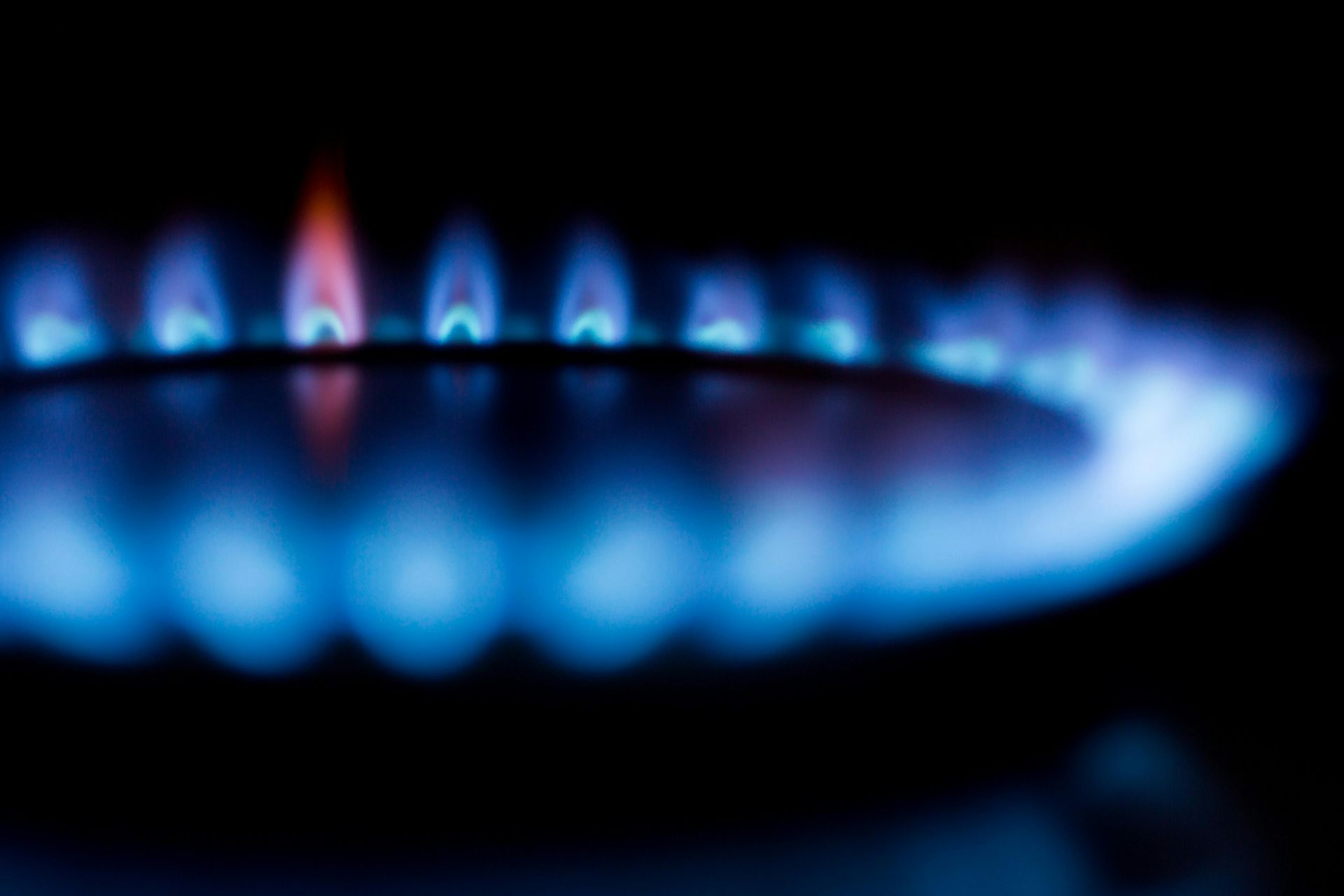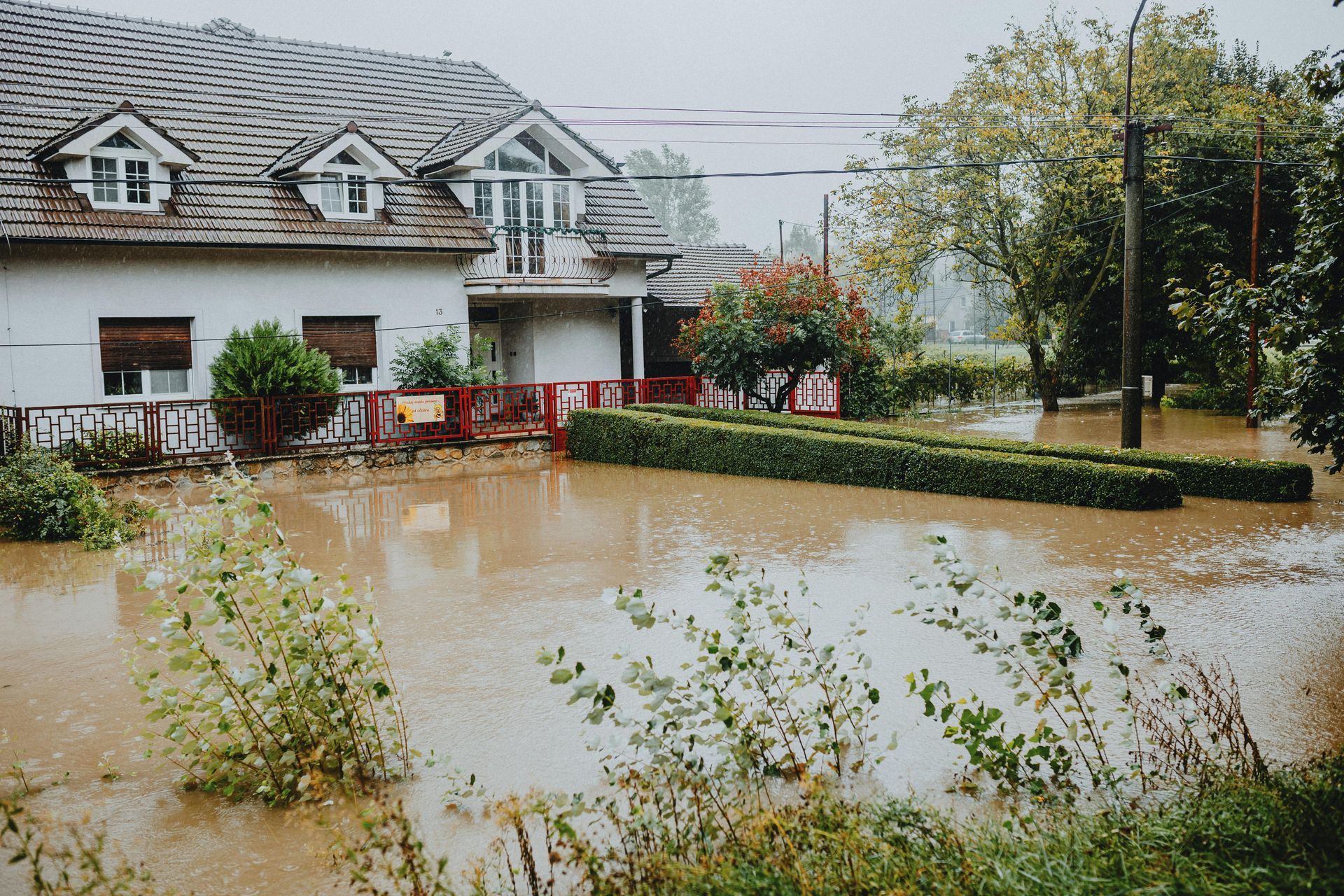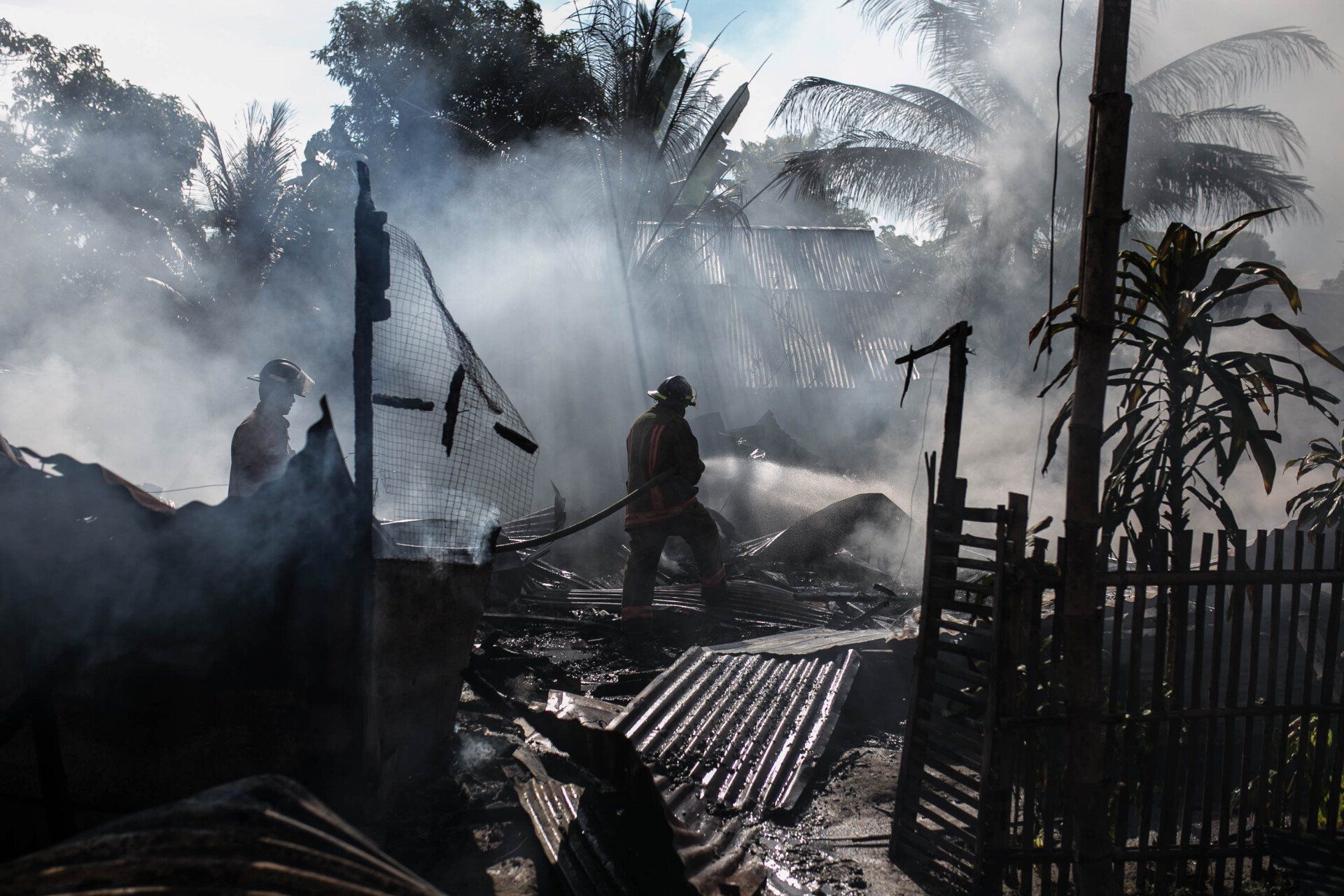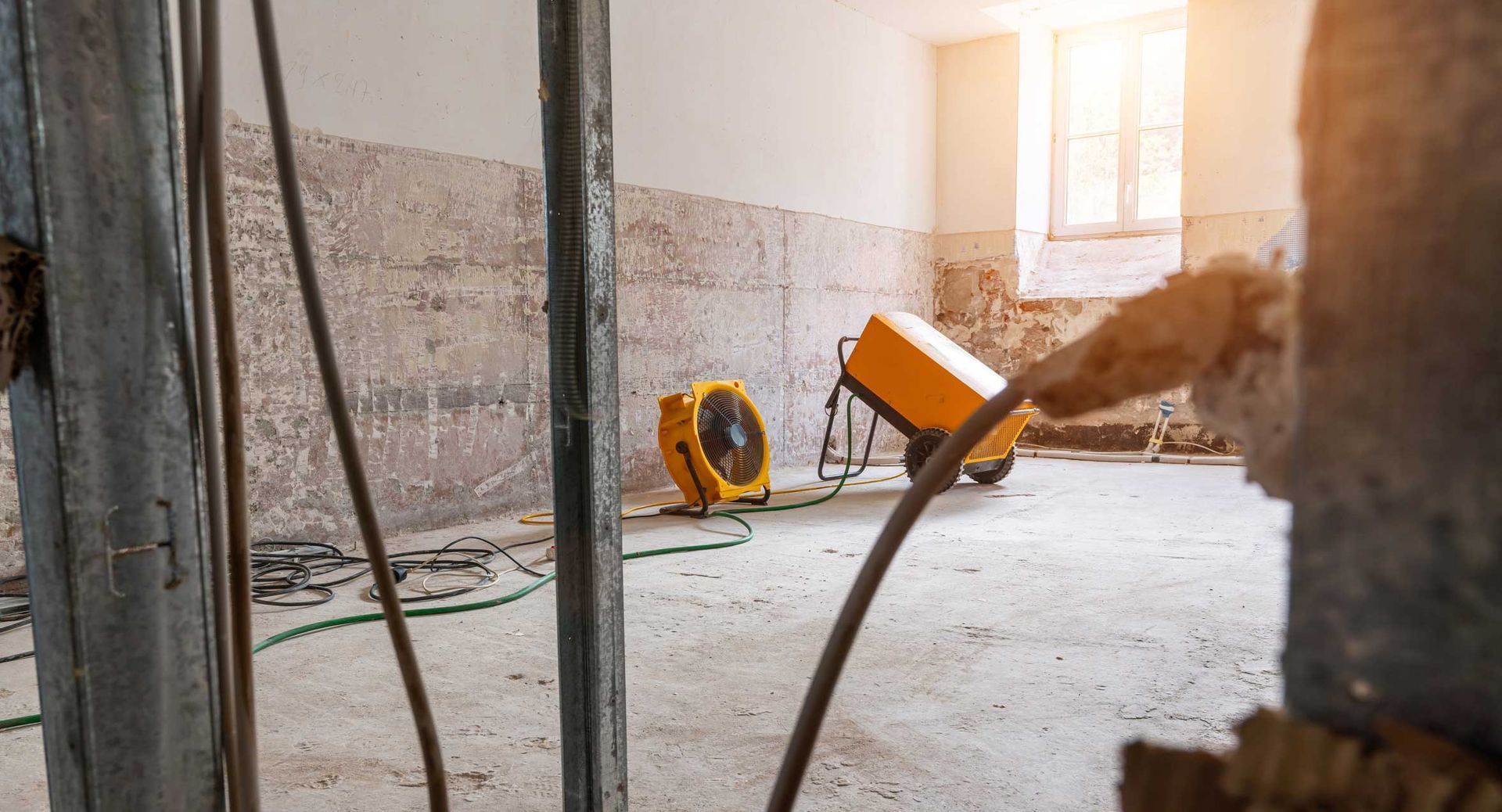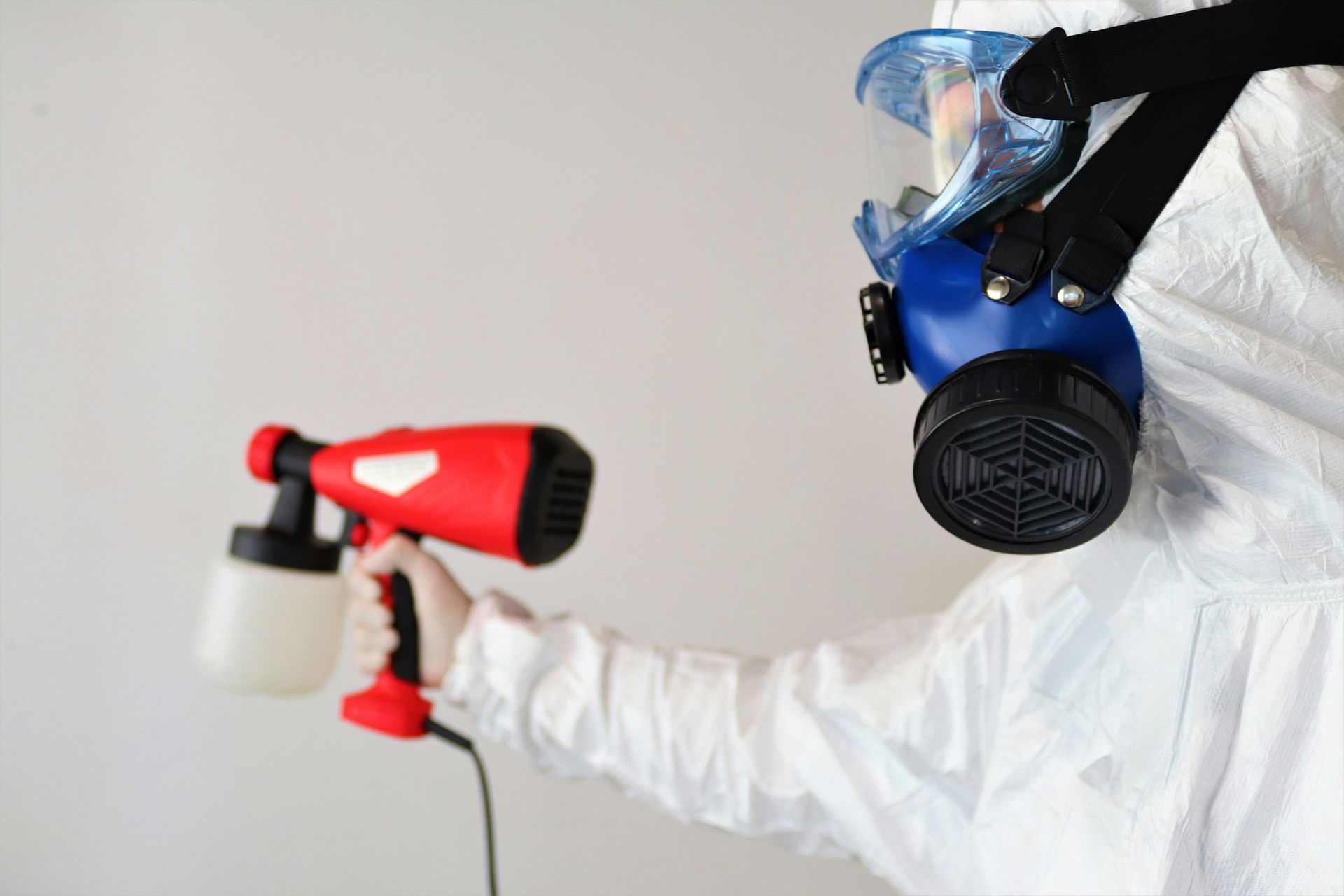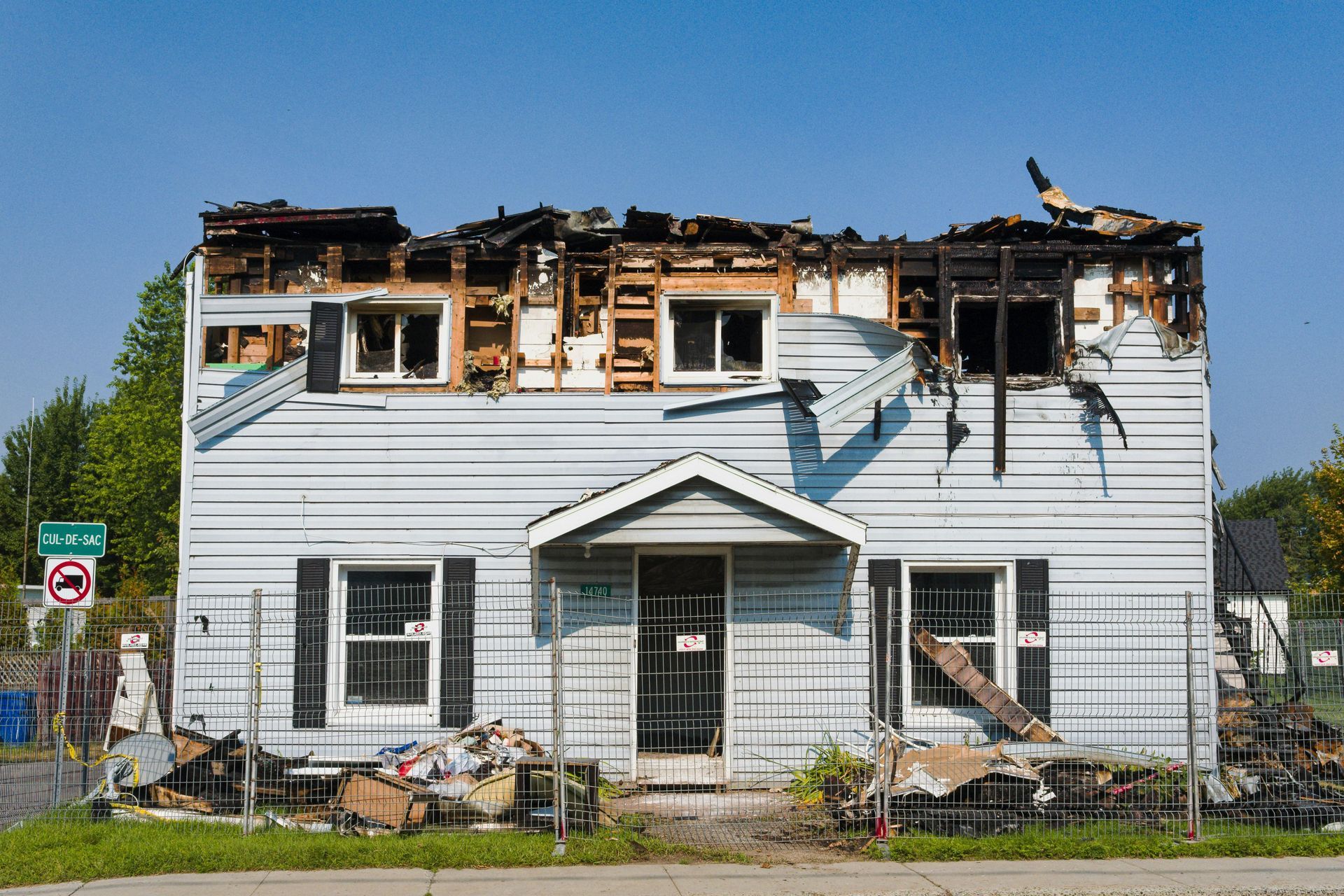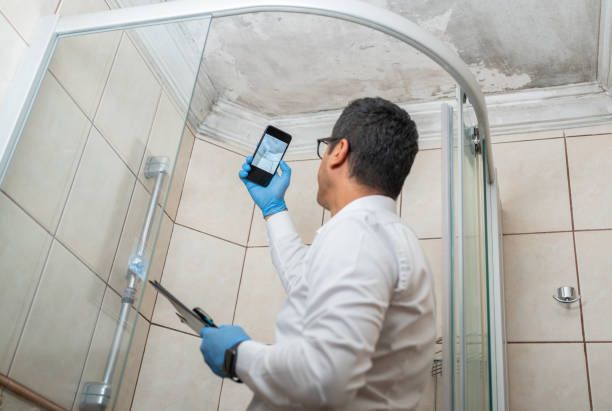The Advantages of Quick Water Damage Response
Advantages of Quick Response Water Damage Action: Why Speed Matters
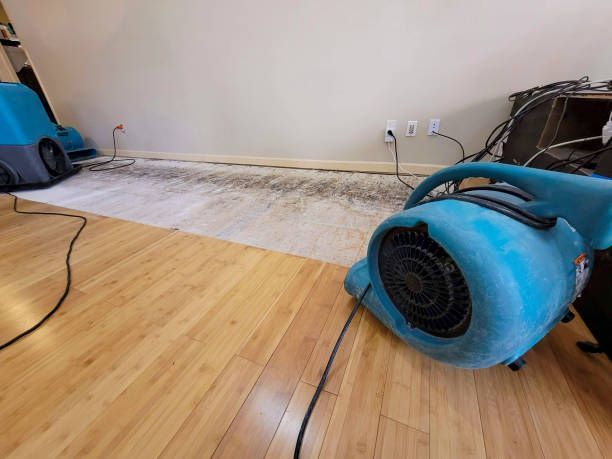
Imagine returning from a weekend trip to discover your basement flooded due to a burst pipe. Such scenarios are not uncommon and bring to light the crucial importance of quick response water damage mitigation. The initial hours following water damage are pivotal; they can mean the difference between minor repairs and extensive, costly restoration. This article explores the paramount importance of immediate action in the wake of water damage. We will discuss the potential consequences of delay, highlight the benefits of a prompt response, and provide insights into the science and strategy behind effective water damage control. With the right knowledge and quick action, homeowners can significantly reduce the impact of water damage.
Understanding the Nature of Water Damage
Water damage can strike in various forms, each with its unique causes and challenges. Weather-related events like floods, storms, and hurricanes are significant contributors to water damage, overwhelming homes and communities with their sheer force. These natural disasters can inundate properties with water rapidly, leaving little time for homeowners to prepare or mitigate the impact. Alongside these external threats, households face myriad internal risks. Burst pipes, plumbing leaks, and appliance malfunctions, such as a washing machine overflow, are commonplace yet unpredictable, capable of causing substantial damage silently and swiftly.
The unpredictability of water damage events underscores the need for vigilance and quick action. Whether stemming from natural forces or household incidents, the immediate aftermath of water ingress is critical. Water begins to affect materials upon contact, initiating a process of deterioration that accelerates over time. Porous materials like wood, drywall, and carpet are particularly vulnerable, absorbing water rapidly. This absorption can weaken structural integrity, promote mold growth, and cause extensive damage if not addressed promptly. The question of "can water damage dry out?" becomes less about possibility and more about the speed and effectiveness of the response, demonstrating the essential nature of immediate action to prevent long-term consequences.
Advantages of Quick Response to Water Damage
The timing of response to water damage critically influences the extent of damage, associated repair costs, and potential health risks. Swift action mitigates these impacts, underscoring the immense advantage of prompt and effective intervention in preserving property and well-being.
Preventing Structural Damage
One of the most consequential risks of delayed response to water damage is the jeopardizing of a building's structural integrity. Water seeping into the foundations can weaken the very base of a structure, leading to settling and, in severe cases, foundational shifts. This not only compromises the safety of occupants but can also result in substantial financial outlays for repairs. Similarly, walls and floors are not immune to the ravages of unattended water. Wood elements, including beams and flooring, can swell, warp, and eventually rot when moisture persists, undermining the strength and stability of these critical components. Notably, prolonged exposure to water can cause irreparable damage to drywall, necessitating complete replacement to restore structural soundness. Thus, timely intervention is crucial to maintain a building's durability and safety.
Avoiding Mold Growth
Mold growth is an insidious consequence of water damage, thriving in conditions where darkness, moisture, and organic material converge. After a water-invading event, mold can begin its invasive spread within just 24 to 48 hours—a remarkably short window necessitating prompt action to mitigate its proliferation. Mold spores favor damp, poorly ventilated environments, feasting on organic materials found in common building components like wood, paper, and carpet. The health implications of mold presence in a home or building are significant, ranging from mild allergic reactions to severe respiratory issues. Prolonged exposure to mold can exacerbate asthma symptoms and trigger allergic responses, making areas affected by water damage potentially hazardous, especially for individuals with underlying health conditions or compromised immune systems.
Saving Valuable Possessions
Beyond mitigating structural and health risks, quick action can be instrumental in salvaging valuable possessions, including furniture, electronics, documents, and other personal items. These items, crucial to the functionality and sentimental value of our spaces, are often vulnerable to water's deleterious effects. Furniture made of porous materials can absorb water, leading to swelling, warping, or the proliferation of mold, all of which compromise its structural integrity and aesthetic value. Electronics, when exposed to water, are at high risk of short-circuiting and becoming irreparable. Similarly, important documents and photographs can become illegible or permanently damaged if not promptly dried or restored. The swift removal of water and the application of restoration techniques can often prevent irreparable damage, preserving the life and usage of these irreplaceable items.
Reducing Costs
The financial ramifications of delayed response to water damage are substantial, further emphasizing the importance of prompt action. Immediate repairs and restoration efforts often incur comparatively lower costs, as they typically involve water extraction and drying out the affected areas before significant damage takes place. In contrast, the costs associated with extended damage or the need to replace structural components, flooring, or personal belongings can exponentially increase. For instance, addressing mold growth or repairing foundational issues resulting from prolonged water exposure demands specialized interventions, significantly elevating the expense. Therefore, acting swiftly not only preserves the structural integrity and safety of a property but also represents a cost-effective approach to water damage, mitigating the need for extensive restitution or the replacement of irreplaceable valuables.
Minimizing Health Risks
Standing water, a common aftermath of water damage, harbors a plethora of hazards, significantly heightening the risk of bacterial and viral infections. Pools of stagnant water serve as breeding grounds for harmful microorganisms, including E. coli and salmonella, which can lead to serious gastrointestinal illnesses if humans or pets come into contact with or inadvertently consume contaminated water. Additionally, standing water can support the growth of mosquitoes, carriers of viral diseases like Zika, West Nile Virus, and Dengue fever, posing an increased risk of outbreaks within affected communities. Besides fostering mold, as previously discussed, standing water creates an environment conducive to the proliferation of other pathogens, not only exacerbating respiratory conditions but also posing a broad spectrum of health risks that underscore the urgency of addressing water damage expediently.
Essential Steps in Quick Water Damage Response
Adopting a systematic and thorough approach is imperative when addressing water damage promptly. This ensures both effective mitigation and restoration efforts. The following subheadings will guide us through the essential steps in quick water damage response, highlighting crucial actions and considerations.
Immediate Assessment
An immediate assessment of water damage is pivotal, as it lays the foundation for all subsequent restoration efforts. Professionals in water damage restoration utilize a range of sophisticated tools and techniques for this assessment, including moisture meters and infrared cameras. Moisture meters are crucial for determining the moisture content in various materials, guiding the drying process by pinpointing areas of concern. Infrared cameras, on the other hand, allow restoration experts to detect water presence in hidden areas without invasive procedures, such as behind walls or under floors. By accurately assessing the extent and severity of water damage quickly, professionals can formulate an effective strategy for mitigation and repair. This step is essential in minimizing further damage, controlling costs, and accelerating the restoration process.
Water Removal
The initial phase in mitigating water damage is the extraction of standing water, a process paramount to preventing further deterioration of property. This crucial step involves the employment of high-powered pumps and vacuums designed specifically for rapid water removal. These tools are adept at handling a wide range of water levels, from surface flooding to more significant accumulations. It's imperative that this process is thorough, as residual moisture can seep into the crevices and hidden areas of a structure, fostering conditions ripe for mold growth and structural decay. The meticulous application of these sophisticated extraction units not only accelerates the drying process but also significantly mitigates the risk of long-term issues. Thus, professionals prioritize quick and comprehensive water removal as a foundational step in the restoration process, ensuring a clean slate for the subsequent rehabilitation phases.
Drying and Dehumidifying
Following the removal of standing water, professionals deploy air movers and dehumidifiers to tackle the drying and dehumidifying phase. Air movers work by creating airflow across surfaces, drastically accelerating the evaporation rate of moisture from walls, floors, and other water-logged items. This rapid air movement is essential for preventing the onset of mold and further water damage. Concurrently, dehumidifiers are utilized to extract the water vapor generated by the air movers from the air, thereby controlling the humidity levels within the environment. This dual approach ensures that even hidden pockets of moisture, which are not immediately apparent, are effectively addressed. The meticulous usage of these tools is critical for penetrating deeper structures where moisture could linger, posing risks for mold growth and structural integrity. This phase is fundamental in ensuring the thorough drying of the affected areas, setting a solid groundwork for the restoration process.
Cleaning and Sanitizing
Cleaning and sanitizing the areas affected by water damage are critical to ensuring the safety and well-being of the inhabitants. These processes not only remove dirt, debris, and other contaminants but also significantly reduce the risk of mold growth and the spread of pathogens. Common cleaning solutions used in this phase include antimicrobial treatments and disinfectants, which are effective in killing bacteria and viruses that can thrive in moist environments. Techniques vary from simple wiping and scrubbing of surfaces to more advanced methods like fogging, which can cover larger areas more efficiently. By thoroughly cleaning and applying sanitizing agents, professionals can prevent the onset of health issues associated with mold and microbial growth. This step is indispensable in restoring a safe and healthy environment post-water damage.
Restoration
The culmination of the water damage response process is the restoration phase, where the property undergoes structural repairs to return it to its pre-damage condition. This comprehensive step involves repairing or replacing damaged materials such as drywall, insulation, and flooring, as well as painting and refinishing surfaces to match their original state. Specialized contractors assess the extent of structural damage, ensuring that the integrity of the building is restored. This phase may also involve remodeling efforts to improve upon the previous structure, incorporating water-resistant materials and technologies to prevent future damage. By meticulously addressing both visible and underlying damage, the restoration phase guarantees that the property not only regains its former aesthetic and functional qualities but also enhances its resilience against potential water-related incidents in the future.
Don't Wait: Restore and Reclaim Your Space Now!
When facing the daunting question, "Is water damage easy to fix?" the answer largely depends on the expertise and efficiency of the response team. Northeastern Restoration stands as a beacon of hope and professionalism in such crises. With years of specialized experience, our team is adept at addressing water damage swiftly, minimizing both structural risks and health hazards. We utilize state-of-the-art equipment and techniques to ensure your property is restored to its pre-damage condition, alleviating the stress and uncertainty that water damage brings. Trust in Northeastern Restoration to transform the overwhelming into the manageable. Speak to us now!
